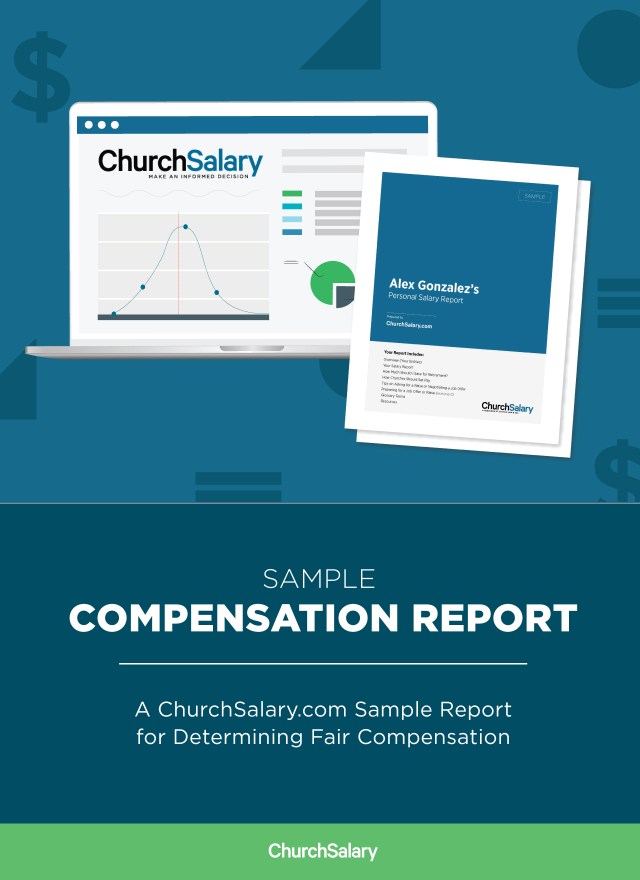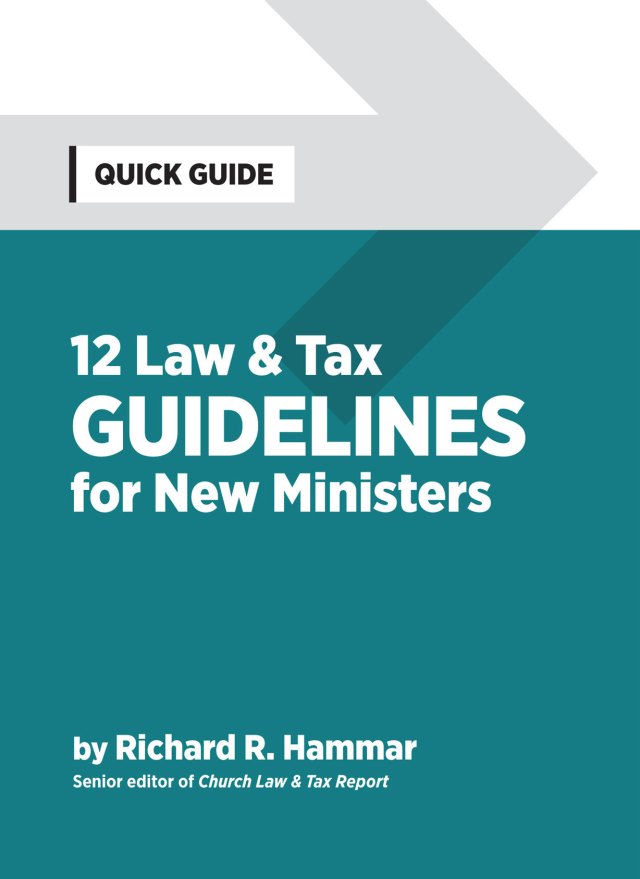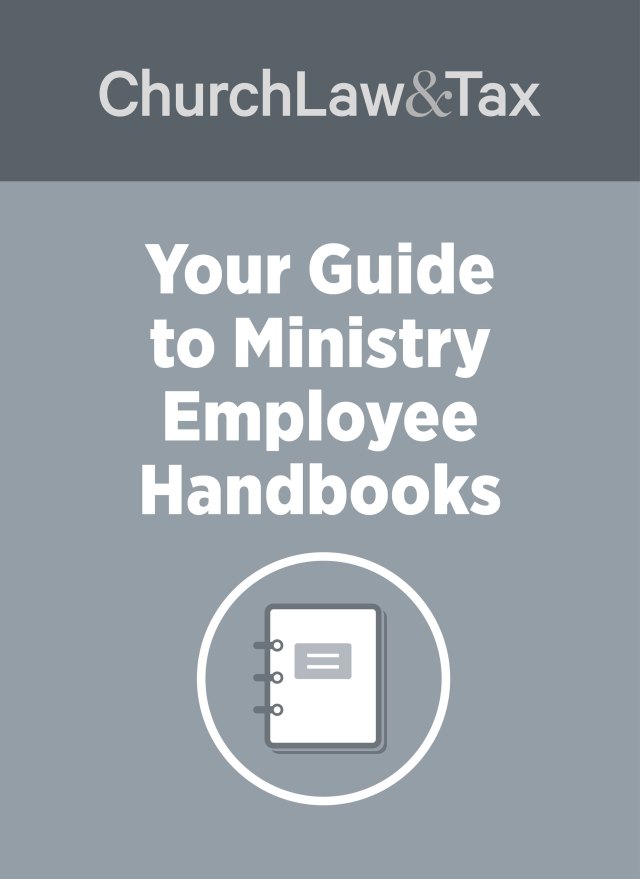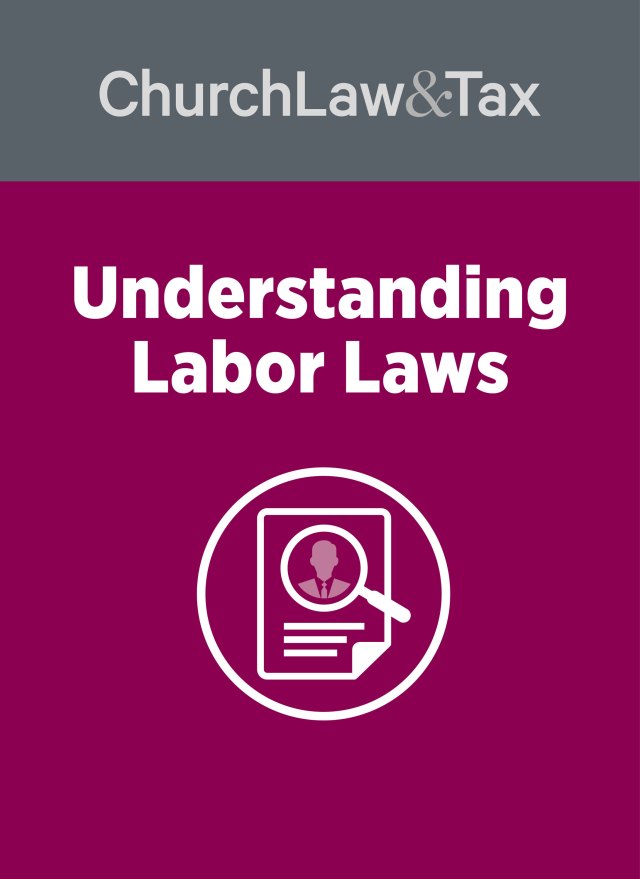Church treasurers often wonder whether to treat pastors and certain lay workers as employees or self-employed for federal tax purposes.
This distinction matters for several key reasons, including:
- Which forms to file (W-2 or 1099)
- How to handle tax withholding
- Which social security taxes apply
- The treatment of fringe benefits
Below is a clear breakdown to help churches make the right decisions.
W-2 or 1099?
- Employees receive a W-2 form at the end of the year, reporting wages paid and taxes withheld.
- Self-employed individuals that are paid at least $600 during the year receive a 1099 form. The 1099 reports total compensation but no tax withholding.
Filing Form 941
Churches subject to income tax withholding, FICA (Social Security and Medicare taxes), or both must file Form 941 quarterly.
This form reports:
- The number of employees
- The amount of FICA taxes and withheld income taxes owed
Important:
Self-employed workers are not included on Form 941. They are responsible for paying their own self-employment taxes directly and are not subject to withholding.
Tax Withholding Rules
- Nonminister employees:
Churches must withhold federal income taxes and the employee’s share of FICA taxes from their wages. - Churches with a Form 8274 exemption:
If a church has filed a timely Form 8274, it does not withhold FICA taxes from nonminister employees. These employees pay self-employment taxes. This is because they are self-employed for Social Security purposes. - Self-employed workers:
Federal tax withholding does not apply unless backup withholding is required (for instance, if the worker fails to provide a Social Security number). - Ministers:
Ministers are exempt from mandatory income tax withholding, even when treated as employees, unless they opt into voluntary withholding.
Handling Fringe Benefits
Fringe benefits may be tax-free if provided to an employee.
Examples include:
- Medical insurance premiums paid by the church
- Group term life insurance (up to $50,000)
- Disability or accident payments under an employer-financed plan
- Employer-sponsored cafeteria plans (allowing employees to choose between cash and benefits)
Self-employed workers generally do not qualify for the same tax-free treatment.
Social Security Responsibilities
- For employees:
Churches must withhold the employee’s share of FICA taxes, unless they filed a Form 8274 exemption. - For self-employed workers:
They pay their own Social Security taxes through self-employment tax filings.
Why Proper Classification Matters
It is critical for church treasurers to determine correctly whether each pastor and lay worker is an employee or self-employed.
This impacts:
- Tax reporting
- Tax withholding
- Eligibility for fringe benefits
- Liability for social security taxes
How to Decide: The 7-Factor Test
In 1994, the United States Tax Court ruled on this issue in a case involving a Methodist minister.
(Weber v. Commissioner, 104 T.C.—(1994).)
The Court concluded the minister was an employee and introduced a new 7-factor test to help make this determination.
The table below summarizes the 7-factor test. Church treasurers will find the table useful for:
- Applying the test to individual pastors and lay workers
- Understanding the Court’s criteria
THE WEBER CASE
TAX COURT’S 7 FACTOR TEST for ETERMINING THE TAX STATUS OF MINISTERS:
| Factor | Facts suggesting employee status | Facts suggesting self-employed | Conclusion |
| #1—the degree of control exercised by the employer over the details of the work | (1) less control required over a professional; (2) Methodist ministers are required to perform numerous duties set forth in the Discipline; (3) had to explain the position of the Discipline on any topic he chose to present in his sermons; (4) followed United Methodist theology in his sermons; (5) could not unilaterally discontinue the regular services of a local church; (6) under the itinerant system of the United Methodist Church ministers are appointed by a bishop to their pastoral positions; (7) Methodist ministers cannot establish their own churches; (8) Methodist ministers are bound by the rules stated in the Discipline regarding mandatory retirement at age 70 and involuntary retirement; (9) Methodist ministers cannot transfer to another Annual Conference without permission of a bishop; (10) the Annual Conference limits the amount of leave ministers can take during a year; (11) Methodist ministers are required by the Discipline to be “amenable” to the Annual Conference in the performance of their duties | (1) Rev. Weber scheduled his own activities from day to day and took vacation days without obtaining prior approval; (2) ministers generally do not need day-to-day supervision; (3) Rev. Weber had the right to explain his personal beliefs to his congregation in addition to the position of the Discipline and the United Methodist Church | employee |
| #2—which party invests in the facilities used in the work | (1) local churches provided a home, office, and work facilities for Rev. Weber; (2) local churches bought religious materials used by Rev. Weber in his ministry | (1) Rev. Weber prepared church bulletins at home; (2) Rev. Weber used his own computer for church work; (3) Rev. Weber purchased some of his own vestments; (4) Rev. Weber purchased his own library | employee |
| #3—the opportunity of the individual for profit or loss | (1) Rev. Weber was paid a salary, and provided with a parsonage, a utility expense allowance, and a travel expense allowance from each local church; (2) if Rev. Weber was not assigned to a local church, the Annual Conference would pay him a minimum guaranteed salary, or if he were in special need, the Annual Conference could give him special support; (3) aside from minimal amounts earned for weddings and funerals and amounts spent on utilities and travel, Rev. Weber was not in a position to increase his profit, nor was he at risk for loss | Rev. Weber could not be fired at will | employee |
| #4—whether or not the employer has the right to discharge the individual | (1) the Annual Conference had the right to “try, reprove, suspend, deprive of ministerial office and credentials, expel or acquit, or locate [Rev. Weber] for unacceptability or inefficiency”; (2) the clergy members of the executive session of the Annual Conference had the authority to discipline and fire Rev. Weber | none cited by the court | employee |
| #5—whether the work is part of the employer’s regular business | (1) Rev. Weber’s work is an integral part of the United Methodist Church; (2) a Methodist minister has the responsibility to lead a local church in conformance with the beliefs of the United Methodist Church, to give an account of his or her pastoral ministries to the Annual Conference according to prescribed forms, and to act as the administrative officer for that church | none cited by the court | employee |
| #6—the permanency of the relationship | (1) the relationship between Methodist ministers and the United Methodist Church is “intended to be permanent as opposed to transitory”; (2) Rev. Weber had been ordained since 1978; (3) Rev. Weber is likely to remain a Methodist minister for the remainder of his professional career; (4) the Annual Conference will pay a salary to a minister even when there are no positions with a local church available; (5) ministers are provided with retirement benefits; (6) Rev. Weber did not make his services available to the general public, as would an independent contractor; (7) Rev. Weber works at the local church by the year and not for individuals “by the job” | none cited by the court | employee |
| #7—the relationship the parties believe they are creating | Rev. Weber received many benefits typical of those provided to employees rather than independent contractors, including (1) local church contributions to his pension fund, (2) continuation of salary while on vacation, (3) disability leave and paternity leave, (4) a guaranteed salary if no pastoral position was available, (4) life insurance paid by the local churches, (5) local churches paid 75% of health insurance premiums | (1) Rev. Weber and his employing churches believed that he was self-employed rather than an employee; (2) Rev. Weber received a 1099 rather than a W-2 from the church | employee |
| Conclusions | These factors demonstrated that Rev. Weber was an employee for federal income tax reporting purposes | These factors did not overcome the conclusion that Rev. Weber was an employee for federal income tax reporting purposes |





